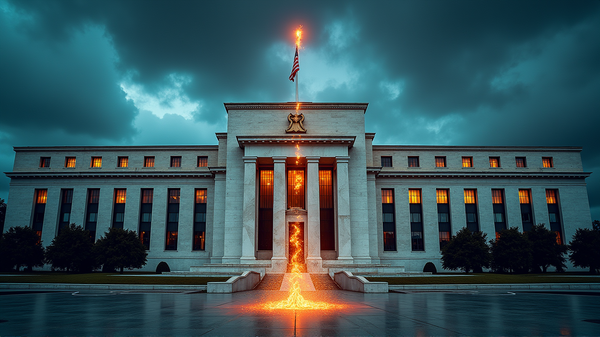US-China Trade Deal Shakes Up Crypto World: Boost or Bust?
Could the winds of change finally be blowing favorably for the chaotic world of cryptocurrency? The recent US-China trade agreement, finalized on October 25, 2025, hints at a future where digital asset regulation may find its footing. This groundbreaking event could reshape the global landscape of digital currencies, offering much-needed direction and stability in an uncertain sector.
The Essence of the US-China Agreement
Carved out during high-stakes discussions, this consensus addresses critical economic questions surrounding digital currencies. It’s more than just a handshake; it’s a call for both nations to establish a cooperative protocol for digital assets. As stated in OneSafe, this united front is anticipated to enhance the regulatory framework for prominent cryptocurrencies, immediately impacting the market with a surge in stablecoin activity.
Surge in Stablecoin Activity: A Response to New Clarity
Following the revelation of this trade concord, the crypto arena erupted with an unprecedented boom in stablecoin transactions. Investors welcomed the opportunity brought by enhanced regulatory transparency, pushing up the value and activity of major stablecoins such as USDC and USDT. This reaction highlights the crypto market’s readiness to embrace a regulatory framework that enhances its legitimacy.
Navigating Future Regulatory Challenges
Not all may sail smoothly on the horizon. The more robust the regulatory scheme becomes, the heavier the burdens of compliance may grow, particularly for smaller Web3 startups. These businesses could find themselves tangled in complex regulations that stymie growth, skewing the market in favor of larger firms.
Crypto Volatility Through Historical Lenses
History provides insight into the potential outcomes of US-China economic dialogues. The trade thaw of 2019 brought speculative thrills and market fluctuations. Today, analysts draw parallels, noting that while volatility may ease short term, the fresh regulatory frameworks could foster stability in the long run, fortifying the fundamentals of decentralized finance (DeFi).
Uncovering Risks in Global Digital Transfers
However, adopting cross-border digital asset transactions introduces risks, notably under evolving policies. The grip of regulations might favor deep-pocketed giants, while nimble startups grapple with compliance. For DeFi protocols, the challenge will be maintaining operational autonomy despite the growing formalization of crypto-fiat exchanges encouraged by global authorities.
Conclusion
The newly minted US-China trade agreement marks a turning point for the cryptocurrency market. As the regulatory landscape shifts, companies must gear up for a compliance era that favors established institutions while potentially sidelining smaller Web3 innovators. The fate of digital currencies in global trade stands on a precipice—uncertain, yet brimming with potential.
As insiders suggest, if China is ready to expand its digital borders, we could witness a fierce competition in stablecoins. The stage is set for a monumental phase in cryptocurrency’s evolution; only time will reveal the outcomes.




